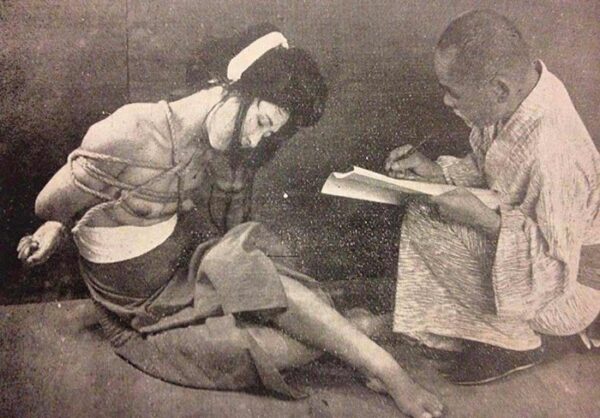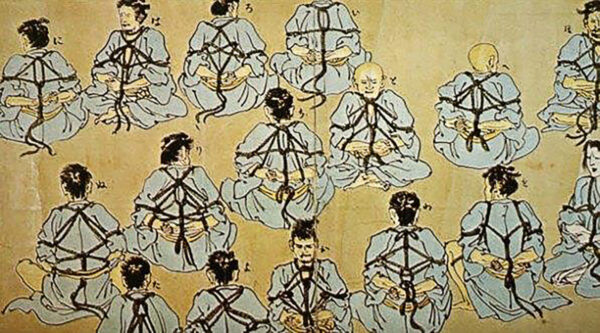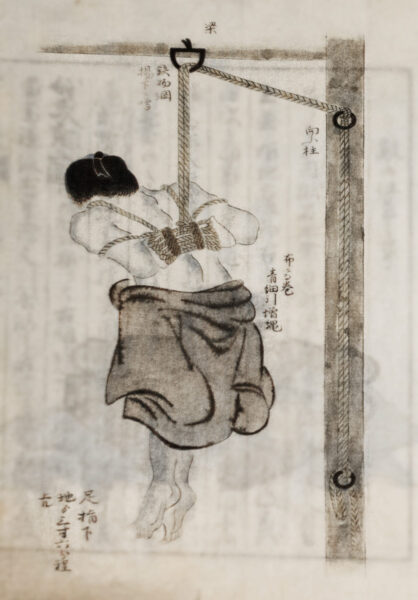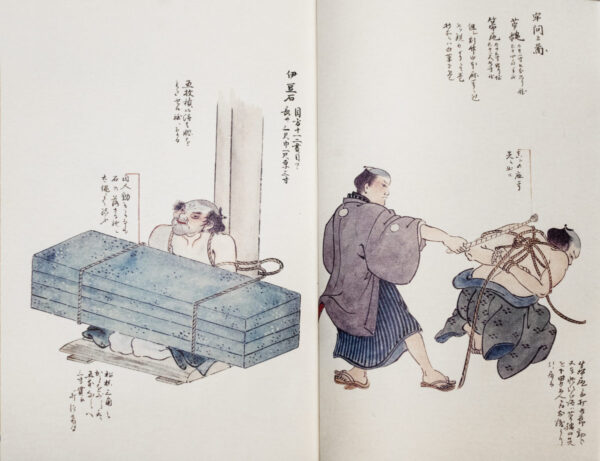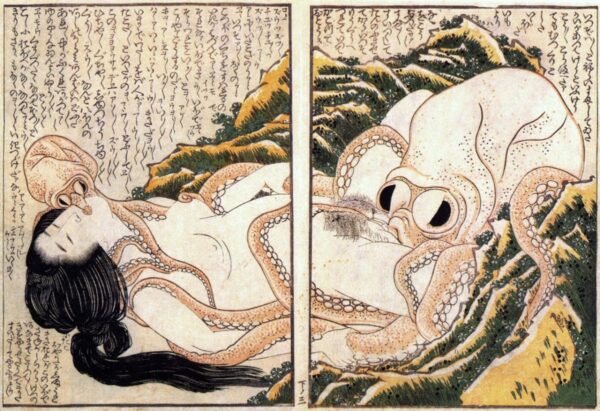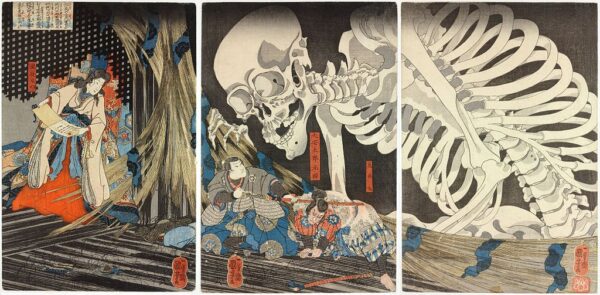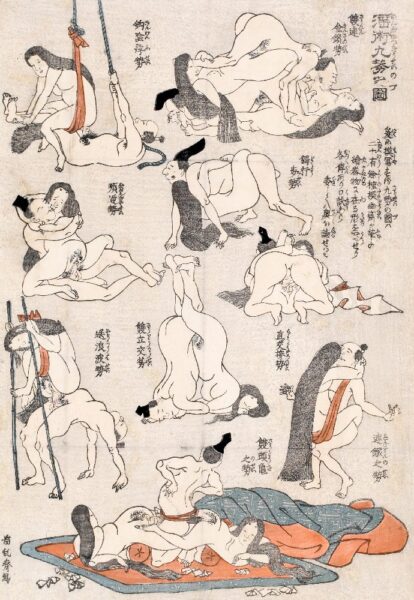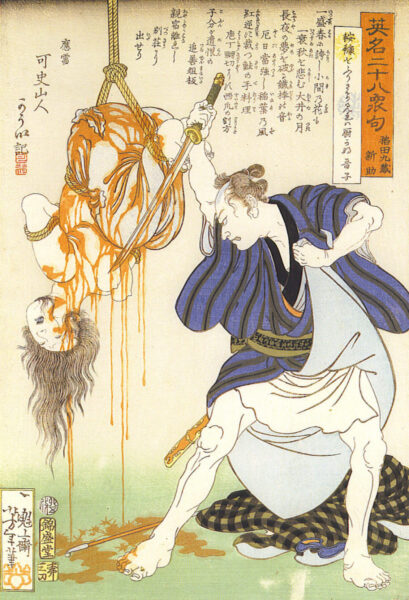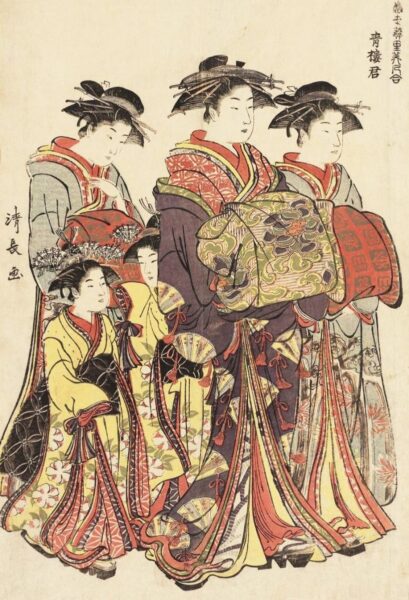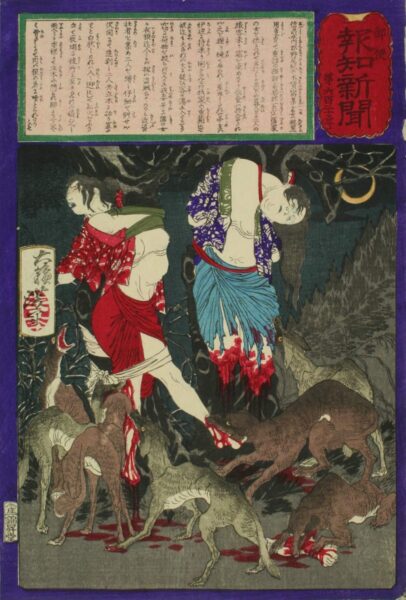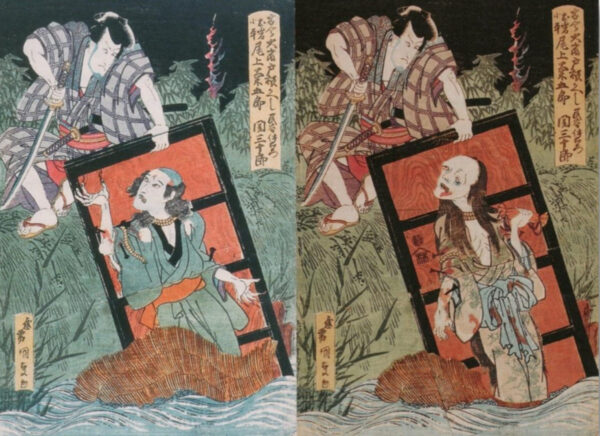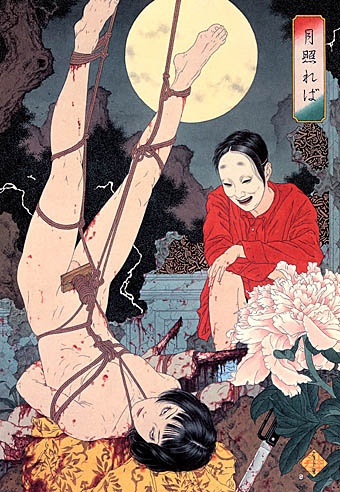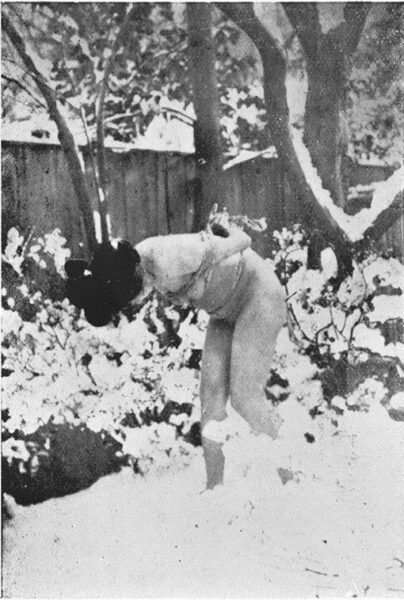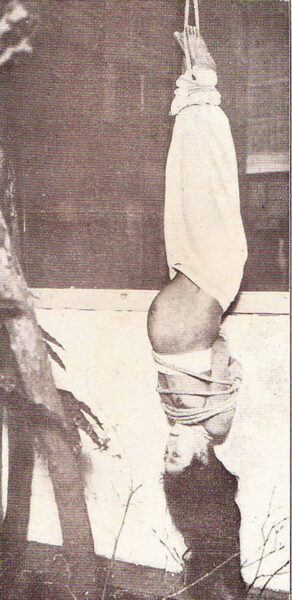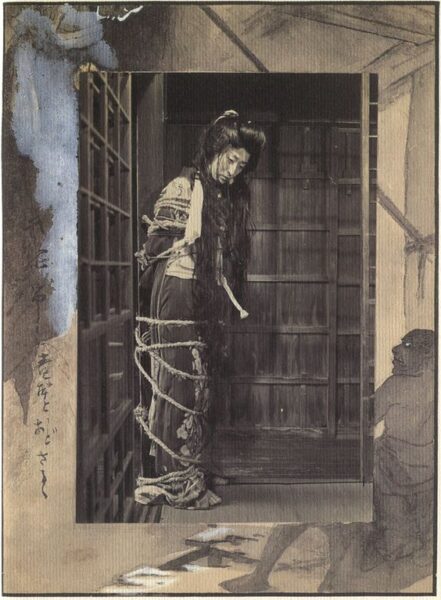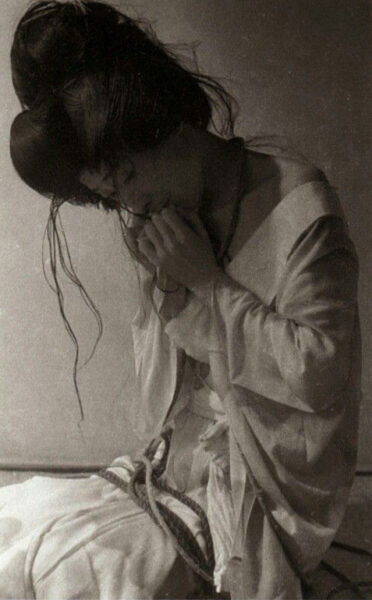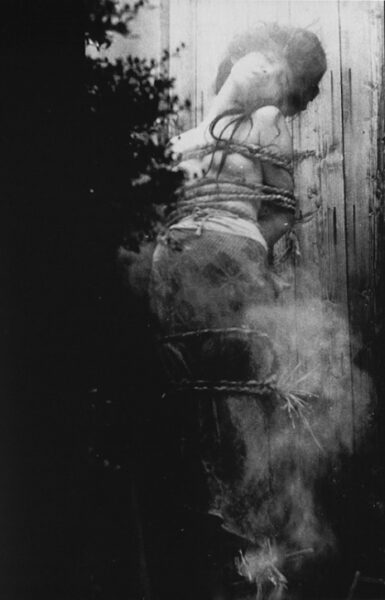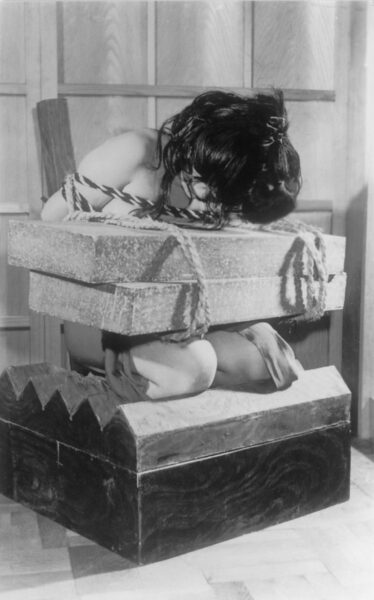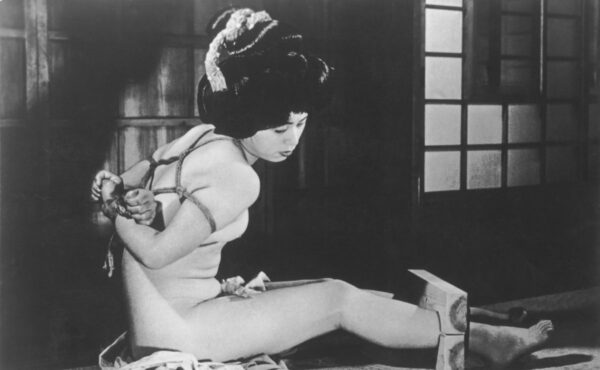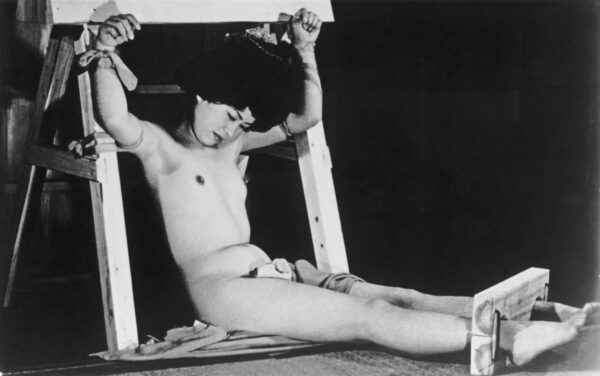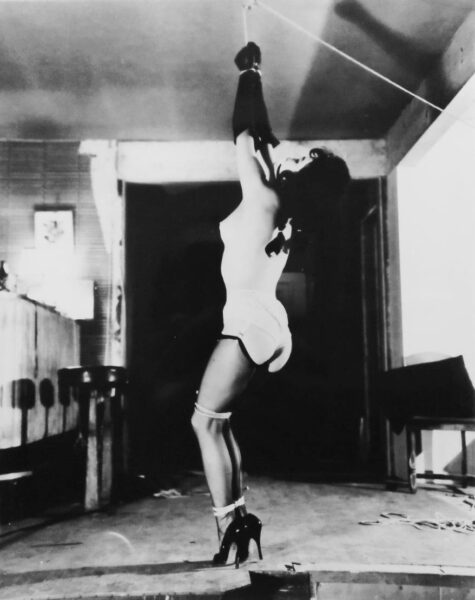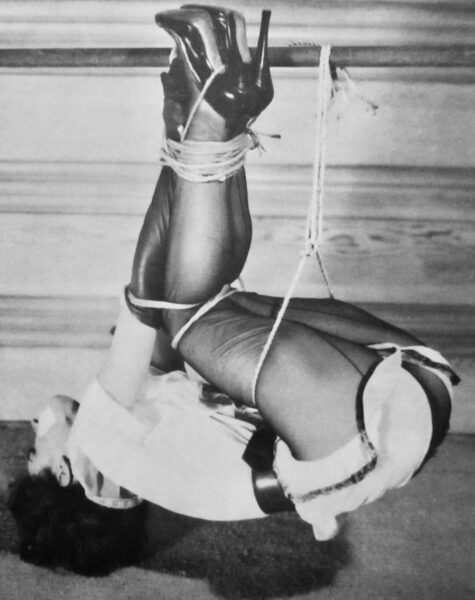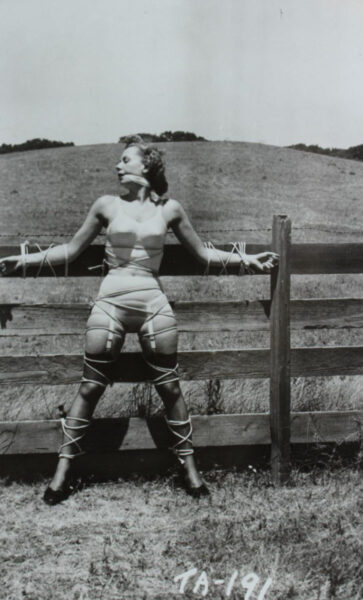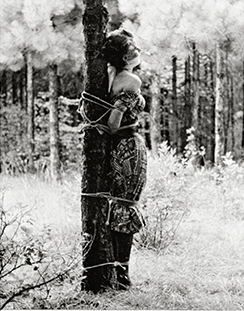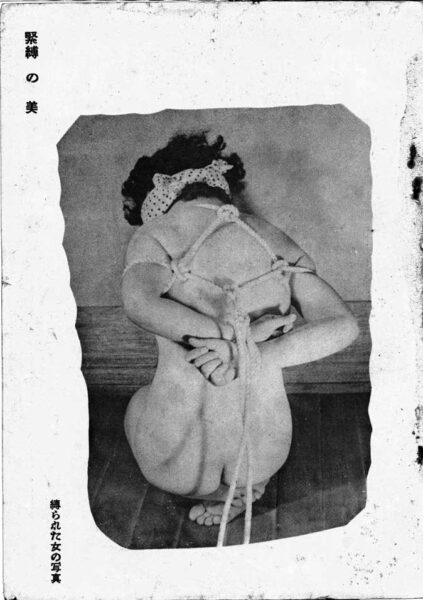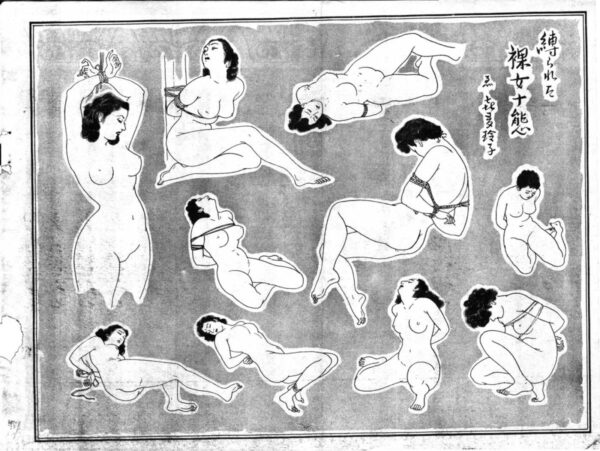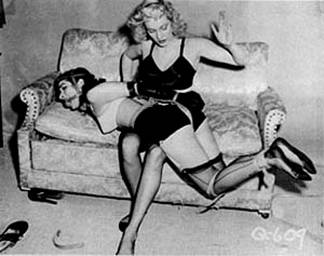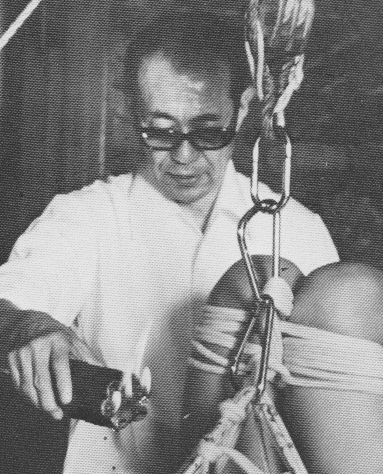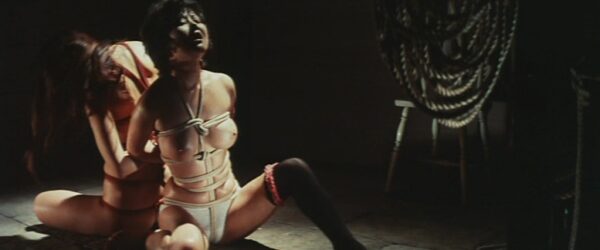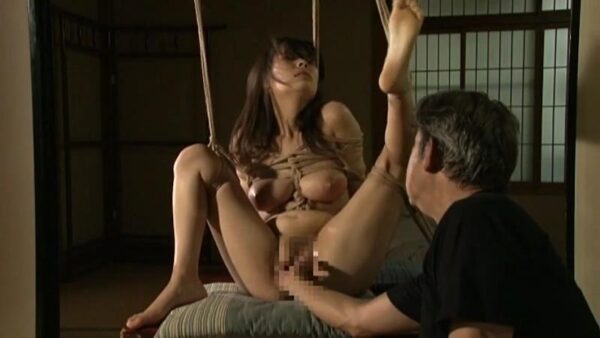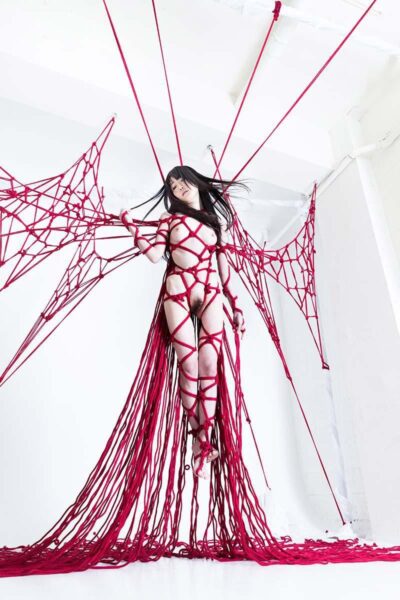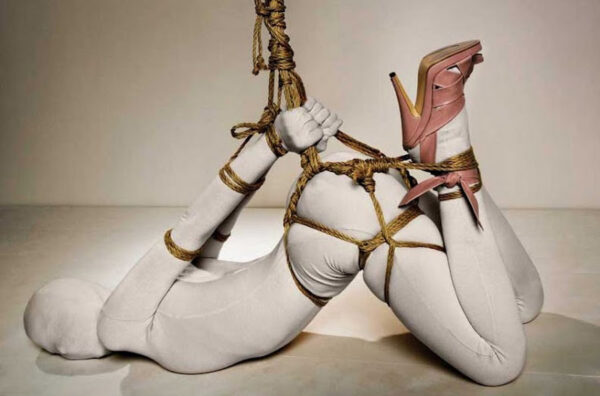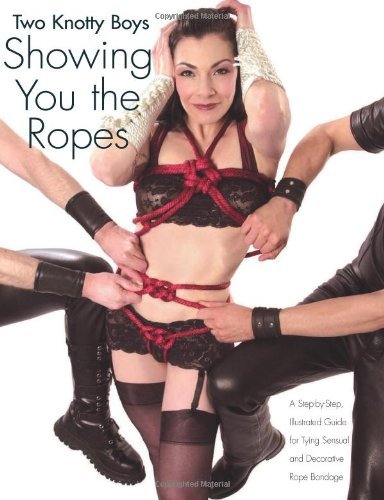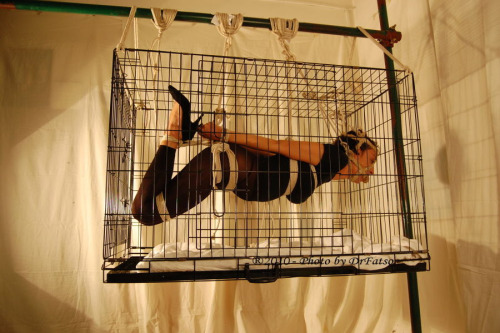If we try to look back at the history of Japanese bondage, in many cases we read a long tale starting – at best – in the Edo period or – worse – in the Jomon era, with its antique vases, an era which goes from 10000 to 300 BC, a period that for West civilizations is between the Neolithic and the Iron Age!
The interest in restrictions and sadomasochistic games are present in all eras and in many cultures; they range from the ancient Romans to medieval erotic prints, from the Marquis de Sade to the nineteenth-century cyanotypes by Claude François Jeandel with tie very similar to photos from American magazines during the fifties.
Talking about the origins and the development of modern bondage, we will start directly from when this becomes a conscious, consensual and explicitly erotic practice, an awareness that we find in artists who have worked mainly from the second half of the twentieth century: from Seiu Ito and other masters in the postwar period for Japanese bondage and from American photographers in the 1950s for Western bondage.
However, we will begin with some introductory paragraphs to better understand the cultural roots that gave Seiu Ito – who is considered the “father of kinbaku” – important suggestions for the development of bondage as an erotic practice during the early decades of the twentieth century.
Hojojutsu and torture
There are several practices and artistic expressions that in the history of Japan used ropes in different ways. Among those that have most influenced modern bondage we find hojojutsu and some traditional tortures.
Hojojutsu (or the “art of the capturing rope”) is a martial art that involves the ropes to neutralise and immobilise the opponent. The ties could be very complex and varied according to social class, guilt committed, region, etc.
The use of the rope in hojojutsu had a strong symbolic value: being tied was considered very dishonorable because it was believed that the knots attracted negativity.
Being punished or tortured was also perceived as a source of shame; for a Japanese in fact, committing a crime, in addition to representing the infringement of a law, is not considered an error with respect to an absolute sense of justice or an idea of the good of religious origin, but as a lack that stains the good name of the family and of the social group to which one belongs, generating a strong sense of guilt.
Some tortures used in ancient Japan involved the ropes: some of them were
- the “suruga doi” (“Suruga interrogation”) in which the victim is suspended facing down by their limbs, possibly with stones on their back to increase the weight,
- the “ishidaki” (“embracing the stones”) in which the victim is tied on their knees on a table with wooden wedges with his arms behind their back and some stones placed on their legs,
- the “ebizeme” (“shrimp torture”), in which the prisoner is tied sitting cross-legged and with the torso bent forward; this position is maintained for a long time causing loss of sensitivity in the limbs and circulatory and respiratory problems. (The name derives from the shape of the body which resembles that of a shrimp).
- The” tsurizeme” (“suspension torture”), the highest level of torture that involves different types of suspension: hanging by the wrists raised behind the back (the so-called “strappado”), with torso ties or upside-down hanging by the ankles.
The ukiyo-e
In the Edo period, especially from about 1750, the ukiyo-e, a type of serial printing made using wooden matrices, became popular. The name means “image of the floating world“, that is the ephemeral world of entertainment, of the stars of sumo and theater, of love, of everyday life, or rather of all those pleasures from which Buddhism and Confucianism warned against.
Sometimes the prints could also represent scenes of violence and torture or grotesque images with monsters and ghosts, with very truculent and bloody tints. There was also a genre of sexually more explicit prints – the “shunga” – which depicted sexual acts, often in a surreal or terrifying tone as well.
These prints make us understand a certain interest in Japanese art for violent, macabre and gory themes and how these were often considered erotic; a combination that we find in many works even from different eras.
Some famous examples can be Hokusai Katsushika’s “The dream of the fisherman’s wife”, in which a woman dreams of being possessed by two octopuses father and son, or in prints depicting some famous Tsukioka Yoshitoshi murder stories, such as “The lonely house on Adachi moor ” in which a witch slaughters a pregnant woman tied upside down.
The kabuki theater
Also the kabuki theater born approximately in the Edo period, a type of theatre – more popular than the No – which mainly addresses the raising city middle class with engaging and dramatic stories.
Kabuki theater often featured torture scenes that appeared a bit erotic to viewers of the time. In fact, in the plots of some dramas, we find scenes of imprisonment and violence, such as the arrest and punishment of a samurai, or a young girl who is tied to a tree and abandoned to the elements, or the torture of a prisoner to reveal some secrets…
Ero-guru nansensu
In the twenties of the twentieth century, during the Taisho era – a period of westernization after the First World War – the artistic movement called “ero-guru nansensu” (or abbreviated, “eroguru”), spreads in Japan. The name came from the transliteration of the English words “erotic”, “grotesque” and “nonsense”, because it mixed erotic elements with other macabre, grotesque, or even meaningless ones, a combination that we have already seen in some traditional prints. Among different artists who joined this movement, we find Tanizaki Junichiro (author of the novel “The key”) or Edogawa Ranpo.
In those years the first magazines dedicated to these topics were also born – such as “Grotesque”, “Ryoki”, “Hanzai kagakuo”, “Shinseinen” – a kind of magazine that will then have great success from the 1950s. In them, you could find detective or science fiction stories or erotic ones including homosexuals or “splatter” scenes with cannibalism and necrophilia. Also the published photos were “grotesque”, with images of deformed people, instruments of torture or other oddities. In the authors of this movement there was therefore a great curiosity for sexuality, in particular for its psychological – if not psychoanalytic – and sadomasochistic aspects, an interest that will remain in many publications in the decades to come.
In 1938 the Japanese censorship banned the publication of works related to the eroguru movement, considered “perverse” and their publication resumed only after the war when the censorship laws, set up by the US occupation forces, became milder.
In the early twenties the artistic career of Seiu Ito (who will not adhere to the eroguru movement, but who was well known by its artists) also begins; driven by the passion for the most violent scenes of kabuki dramas and for prints with torture images, in those years this artist began to make his first drawings and his first photos.
Seiu Ito (1882 – 1961)
In the previous paragraphs we talked about punishments that used ropes and the sense of shame by being tied up, of hojojutsu, of more or less allusive prints, of the eroticizing taste towards torture scenes in art, including the kabuki theater or eroguro artistic movement.
The person who, fascinated by all these influences, made possible to move them from the world of suggestions and fantasy to the explicit one of erotic practice was Seiu Ito, rightly considered the father of Japanese bondage.
Seiu Ito was a painter, photographer and illustrator, but also a passionate researcher of the history of traditional Japan which, especially after the Second World War, was gradually disappearing as a result of progressive Westernization and technological development.
Seiu was also the first to publish books and photos explicitly dedicated to shibari and to organize photographic meetings in which models were tied up.
At that time the sadomasochistic practices were pointed out by the common opinion as “hentai seiyoku” (“sexual perversion”). Seiu called the act of tying “shibari” (“tie”) or, more often, generically “seme” (“torment/torture”), also because for his photos – and for his personal practice – he was not so interested in the technique, in the tie itself, as to the representation of suffering, torment, and shame.
It is no coincidence that his ties, at least initially, were very simple and little influenced by the techniques of the hojojutso; rather they were a means of capturing the “beauty of suffering” and of experiencing the erotic possibilities of the “seme”.
Let’s not forget that all the suggestions related to being tied up, to be punished, to the sense of guilt that we have talked about regarding hojojutsu or traditional punishments, are part of a cultural background also for the person tied up in an erotic contest who likewise feels embarrassed but at the same time aroused from being placed in such conditions.
Seiu Ito’s first bondage images probably date back to the 1910s, but it is from 1920s that he began taking some of his most famous photos, such as the one in which he reproduces the aforementioned Yoshitoshi’s print photographing his pregnant wife hanging upside down.
In 1928 he published the first historical text concerning his research on torture: “Seme no kenkyu” (“Research on torture”).
In 1930 he published “Die Bilder über die Strafe und abnormer Geschlechtstrieb” (“Images of punishments and abnormal sexual conduct”, the title German is original). This book contains several images of Japanese and European tortures (such as a reproduction of the execution of Robert-François Damiens), hojojutsu ties prints, and Seiu photos of a girl tied on the snow. In this book, Seiu Ito also uses the word “kinbaku” to indicate erotic ties and it is probably the first occurrence of this word used in this sense.
Unfortunately, much of the photographic material of those years were lost in the Tokyo bombings during the Second World War and we will have to wait until the early 1950s for Seiu to resume activities, starting to collaborate with the nascent magazines, organizing meetings open to photographers and painters and publishing others photographic collections.
Meanwhile in America…
In the period between the two wars, another photographer was also taking his first steps destined to become a reference point for erotic and bondage photography, but from West: John Coutts, known under the pseudonym of John Willie.
In the 1920s, John Willie lived in Australia and was a member of a very special and reserved club, the “High Heel Club” where he started selling photos for shoe fetishists. At the end of the Second World War John Willie moved to New York where he continued his activity as a photographer and began to publish a famous fetish magazine of the time: Bizarre.
In those years, Charles Moulton created the character of Wonder Woman, originally highly influenced by BDSM and fetishism world.
The magazines
In the post-war period in Japan new magazines were born and they were dedicated to “particular” stories: from horror to science fiction, from humor to eroticism. They are called “kasutori-shi”, or “low-level magazines” (“kasutori” indicates a low-value liqueur), and consist mainly of short stories with a few photos and illustrations.
One of the most famous was the “Kitan Club Magazine” (“kitan” means “mysterious story”), founded in 1947. In the early years, illustrations and photos with ligatures are quite rare, but from the second part of 1952 we witness a decisive editorial change. In the July issue Minomura Kou, the magazine’s editor, publishes an illustration with “ten positions to tie a naked woman”, while in the October issue we find a photo with a tied woman posing on her back with a caption saying “kinbaku no bi ”(“ the beauty of kinbaku”); Tsujimura Takashi (author of the binding) believed that this was the first time the term “kinbaku” appeared in a printed publication.
Ito Seiu also sends some contributions to various magazines. For example, in 1953 he published in the magazine “Fuzoku soshi” a long article with texts and illustrations entitled “Fifteen ways to tie a woman’s body”.
The ties of that period are very simple technically, they use different materials, sometimes they are influenced by the hojojutso, but in many illustrations and photos we can already find technical elements and structures that will then develop in the following decades up to the present day, such as the use of rope bands to give more support to the body, some harnesses, etc.
In these magazines were also published, usually without permission, some images taken from contemporary American magazines; in turn, many American enthusiasts were familiar with the Japanese publications that were usually sent to them by soldiers stationed in Japan.
As we already said, during those years in the United States John Willie began to publish “Bizarre“, where another famous photographer will also collaborate: Irving Klaw, famous above all for his erotic photos of Bettie Page.
The exchange between fans astride the two coasts of the Pacific is therefore immediately clear, even if American bondage will be linked from the beginning to fetishism, to the stories of “damsel in distress” and a certain sense of humor, while the Japanese one will be more interested in the “perverse”, the sense of shame and, in general, in the psychological aspects.
The sixties and seventies
Despite some censorship actions, the interest in bondage and sadomasochism now touches an increasingly vast audience in Japan, so much so that other magazines are born, now in color, full of photographs and oriented solely to aspects of sexuality, with a circulation of thousands of copies.
In their pages you can see photos of suspensions, thanks also to the technical development carried out by masters such as Tsujimura Takashi and Osada Eikichi. New nawashis also emerge including two Minomura Kou’s students: Dan Oniroku and Chimuo Nureki.
Each of these artists found their own path: if, for example, Chimuo Nureki got interested in more essential bondages and the sadomasochistic aspect, whereas Osada Eikichi explored the possibility of stage performances.
The first public bondage performance in Japan is in fact probably the one that Osada Eikichi held in 1965 in the rehearsal room of a dance troupe in Tokyo where a hundred people crowded to see live something that until them was just a glossy image.
In the seventies also began the production of the so-called “pinku eiga” (“pink films”), erotic films often full of bondage and sadomasochistic scenes. One of the most famous is “Hana to hebi” (“The Flower and the Snake”) (1974), based on a story by Dan Oniroku serialized on Kitan club several years earlier; the film proves to be a huge success even outside the circle of fans.
The ties in this film are handled by Urato Hiroshi, also the author of the first book dedicated to bondage techniques: “SM play: You Can Play SM” (1972) (the title in English is the same in the original).
Even in the United States, despite the work of censorship, magazines and publications reached ever larger circulation and new artists began their careers, including Eric Stanton, famous for his fetish comics.
The eighties and nineties
The publications dedicated to bondage are now very widespread thanks to the work of some new artists: Sugiura Norio, who until then had been an assistant in numerous “pinku eiga”, makes himself known as a photographer, thanks also to the happy partnership with Nureki Chimuo .
In the same years Yukimura Haruki leaves the world of photography and quickly becomes a well-known kinbakushi initially working mainly for the magazine “SM Sniper”.
Two other young artists also took their first steps in those years: Marai Masato and Naka Akira, both students of Nureki.
These decades are also the years in which the first VHS dedicated to bondage are produced, also containing video tutorials. Chimuo Nureki will make numerous videotapes of this type.
In those years also Denki Akechi emerges working in some Tokyo clubs and appearing in numerous performances, books, videos, and even television programs. Denki Akechi will become famous above all for his spectacular and risky performances and will contribute to technical development by experimenting with numerous new technical solutions.
Denki Akechi is also the first nawashi to travel to Europe to introduce Japanese bondage. We are in 1998 and, especially in northern Europe, thanks to a certain ease in finding Japanese and American publications and thanks to the then newborn internet, we began to see the first enthusiasts organizing courses and performances.
In Italy probably the first to make bondage (in Western style) known thanks to his website and subsequently also to his courses will be DrFatso.
From 2000 to today
In the early years of the new millennium, a new generation of artists spread out, such as Kazami Ranki, Kinoko Hajime, Nawashi Kanna.
Many nawashi who had brought bondage to the surface in previous decades disappear. In 1987 Tsugimura Takashi died and in 1992 Minomura Kou. In 2001 Osada Eikichi died and one of his students – a German known as DrVice who had lived in Tokyo for many years until then – took his surname and became Osada Steve. In 2005 Denki Akechi, in 2013 Chimuo Nureki and in 2016 Yukimura Haruki died.
Also in those years some educational books were published in the United States making bondage more mainstream, such as those of the Two knotty boys, Douglas Kent, Midori, etc.
Even in Europe, bondage begins to be better known and also practiced professionally by artists such as Esinem, Peter Slemrian, Ropemarks, etc. Some DVDs containing tutorials are published and the first international festivals are organized (such as the London Festival of the art of Japanese rope bondage).
The trips of the Japanese masters to the West are becoming more and more frequent, allowing a progressive development of the technique and knowledge in general of this practice in the West too.
